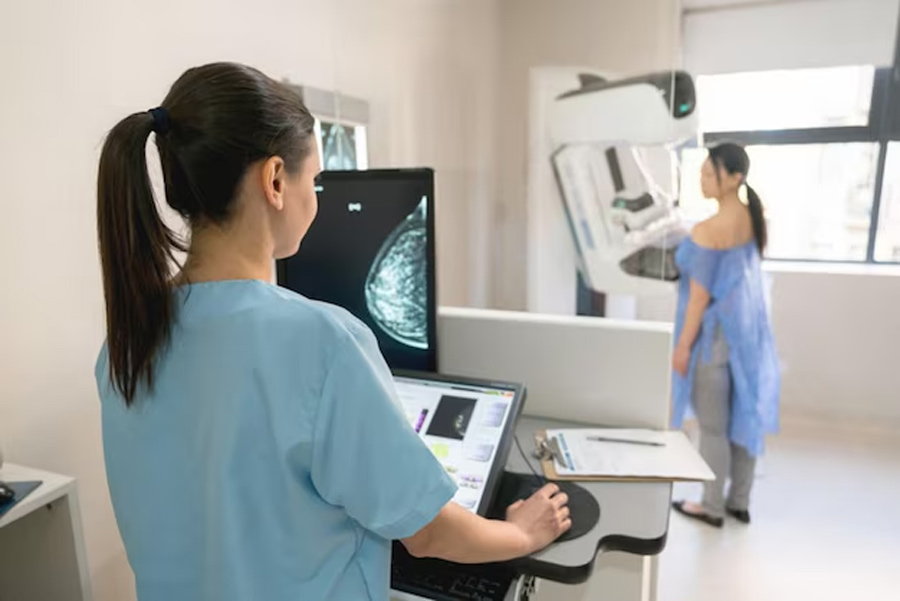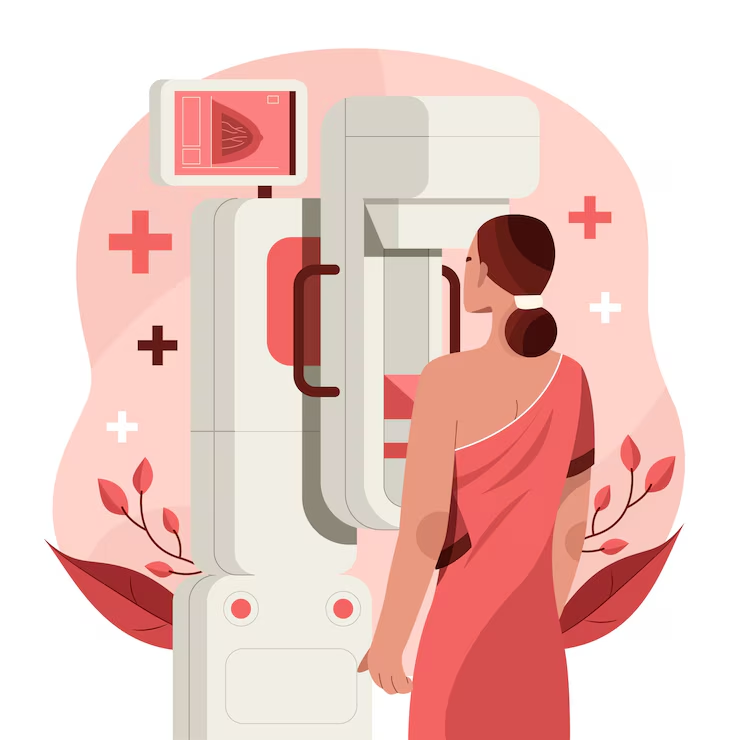What Is Mammography (Mammogram): Popular television actor Dipika Kakar, known for shows like ‘Sasural Simar Ka’ and ‘Kahaan Hum Kahaan Tum’, recently shared that she underwent a mammography following her liver cancer surgery. Her willingness to share her health journey has not only inspired fans but also raised awareness about the importance of regular check-ups, especially after major health issues like cancer.
To gain a deeper understanding of what mammography involves, why it's performed, and how to prepare for it, we spoke to Dr Vaishali Zamre, Director and Head, Breast Cancer Centre, Andromeda Cancer Hospital, Sonipat, for expert insights. Here’s a simple guide to help you understand it all:
What Is Mammography?
Mammography is a medical imaging test that uses low-dose X-rays to examine the breasts. It helps doctors detect early signs of breast cancer, even before physical symptoms appear. For people recovering from other cancers, like liver cancer, a mammogram can be part of a broader screening plan to keep a close eye on overall health.
There are two main types of mammograms:

i) Screening mammograms: For people with no symptoms, usually as a routine check.
ii) Diagnostic mammograms: For investigating lumps, pain, or changes in breast shape or size.
Dr Vaishali Zamre explains, “During mammographic imaging of the breasts, each breast is gently compressed with the help of a plastic plate called a skin paddle. It is important to do so because the breast, being a pendular organ, the entire breast may not be covered in a single image unless proper compression and positioning are done. Two standard views (Cranio-Caudal, CC, and Medio-Lateral Oblique, MLO) are taken for each breast. Occasionally, some additional views may also be needed to assess abnormalities in a better way.”
Why Is Mammography Recommended After Breast Cancer?
In Dipika’s case, doctors likely suggested a mammogram after liver cancer surgery.After any major illness, especially something as serious as liver cancer, doctors often check other areas of the body to ensure there's no further spread or unrelated concerns.

Dr Vaishali Zamre shared, “Mammography is advised by a breast specialist as a part of triple assessment for women above the age of 40 years presenting with breast-related symptoms. For symptomatic women, it is carried out on the same day as the clinical consultation. However, for screening mammography, women should visit the hospital or imaging centre after their periods are over. Usually, breasts are less tender during this phase. For postmenopausal women, there is no such limitation.”
How To Prepare For A Mammogram?
Getting ready for a mammogram is quite simple, but here are a few useful tips:
Avoid deodorants or lotions: On the day of the test, skip using deodorants, powders in the axilla region, or creams around your chest or underarms. These can interfere with the images.
Wear comfortable clothing: It’s best to wear a top that’s easy to remove, as you'll be asked to undress from the waist up.
Schedule it wisely: If you’re menstruating, try to avoid the week before your period, as breasts might be more tender.
Bring previous reports: If you’ve had mammograms before, carry the reports so the radiologist can compare images.
What To Expect During Mammography?
A mammogram usually takes around 20 minutes. Here’s what happens:
You’ll be asked to stand in front of the X-ray machine.
A technician will place your breast on a flat surface and gently press it with a paddle to spread the tissue.
This might feel a bit uncomfortable or tight, but it lasts only a few seconds.
Both breasts will be imaged from different angles.

The discomfort one experiences due to compression during the mammography subsides soon after, but if one experiences mild discomfort, then it is advisable to take a simple analgesic tablet like Paracetamol, advises Dr Vaishali Zamre.
Mammogram Post-Care Tips:
You can resume normal activities.
You might feel slight tenderness, but it usually fades fast.
Results are typically available within a few days. If anything looks unusual, your doctor may recommend further tests like an ultrasound or an MRI.
Mammography is a safe, simple, and powerful tool in early cancer detection. Make sure to consult a doctor if you are feeling something unusual.
For more such stories, stay tuned to HerZindagi.
Image credit: Freepik

Take charge of your wellness journey—download the HerZindagi app for daily updates on fitness, beauty, and a healthy lifestyle!
Comments
All Comments (0)
Join the conversation